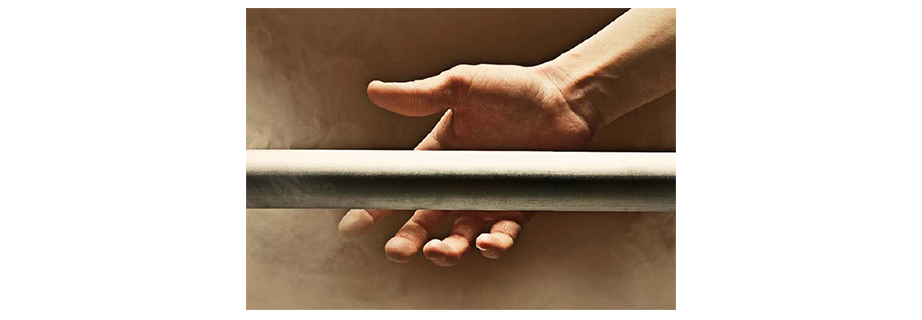A huge thank you to the philosopher and scholar, Blake Ostler, for informing me of this remarkable evidence. He told me about this after I shared a post regarding the alleged signature of Abraham on Joseph Smith’s papyri. This is by far the best candidate for anything Joseph Smith might have pointed to (if such occurred).
An Egyptologist named Bricarello, who was working at the famous Egyptian Museum in Turin, Italy, told Blake Ostler that the name of Abraham is spelled out on the offering table, alongside the lotus (in the lion couch scene on Joseph Smith’s papyri).
I haven’t seen Brother Bricarello’s analysis (he had joined the Church), but I took a closer look at the figure, and the spelling becomes quite clear once we take some time to compare characters.
For many years, we have known the lotus depicted on the offering table represents Upper Egypt (Joseph Smith would have had no personal way of knowing this, of course). But now the evidence becomes exponentially more remarkable as we realize the name Abraham is literally in the symbol of Egypt, making it Abraham IN Egypt, just as Joseph Smith told us.
The explanation “Abraham in Egypt” always seemed odd. I mean, even if Joseph Smith had been a fraud (which he wasn’t), there would be no apparent reason for coming up with that description. And yet it fits.
As we gain more knowledge, all of the other things that don’t “make sense” to our fragile mortal minds will start to be illuminated. It will be like learning how every magic trick in the world is performed, and the only thing we will be left to wonder is how we were ever fooled.
The first sound in Abraham is pronounced differently in Hebrew than it is in Arabic, neither of which pronounces it as an “A” like we do in English. Fittingly, the scribe here gives us a flowering reed hieroglyph (reed “leaf”) with a light “i” sound.
Next, the scribe gives us a “b” - which is the foot hieroglyph.
This is followed in correct order, with the “r” - as the mouth hieroglyph.
Lastly, we have a special hieratic form of “m.” Different scribes draw it differently, so I provide an example of how the scribe drew it in the text of this same papyrus.
So we have “ab-ra-am,” Abraham.
click to enlarge image
Any mistakes I may have potentially made in this post are my own, and do not reflect on Brother Bricarello’s Egyptological analysis.


